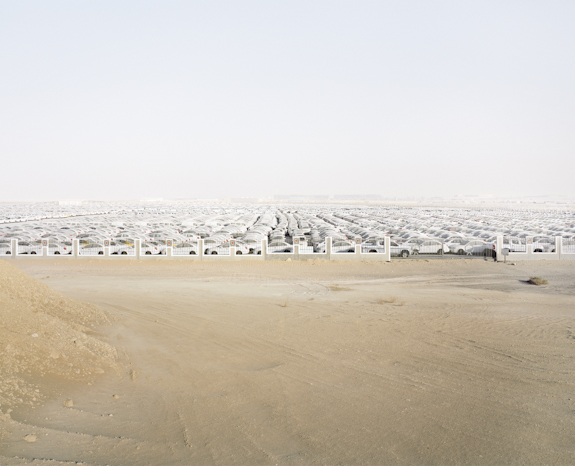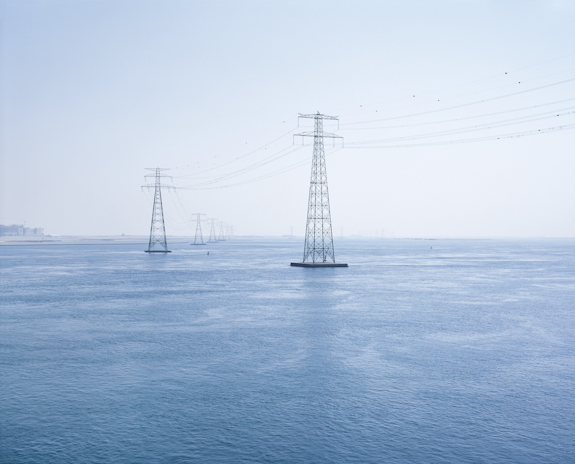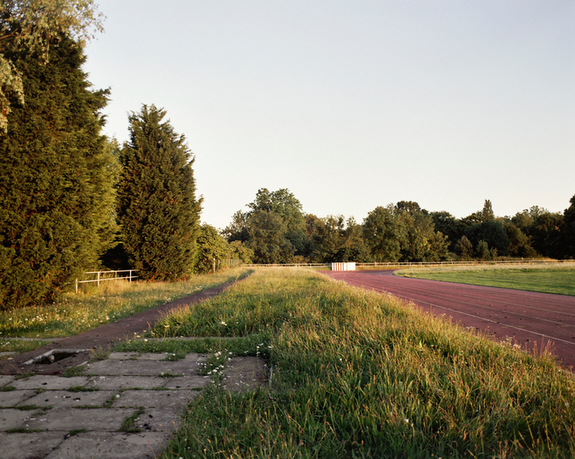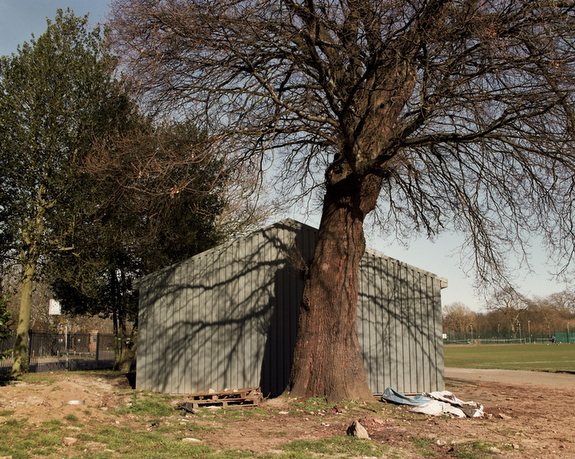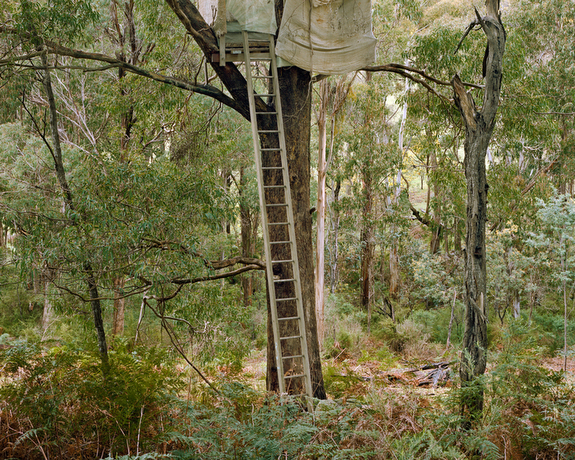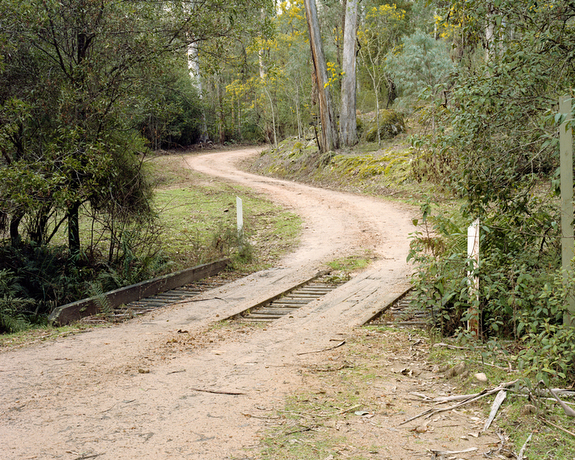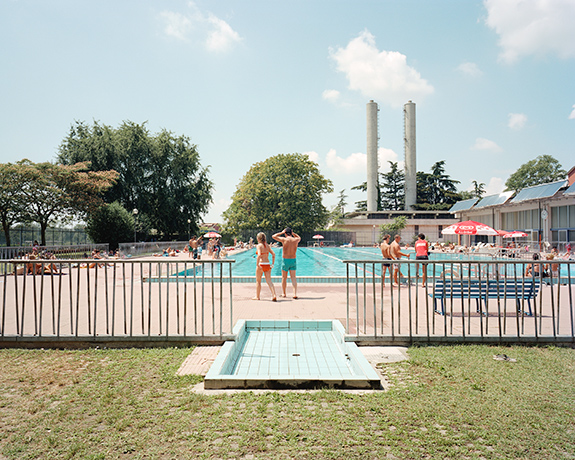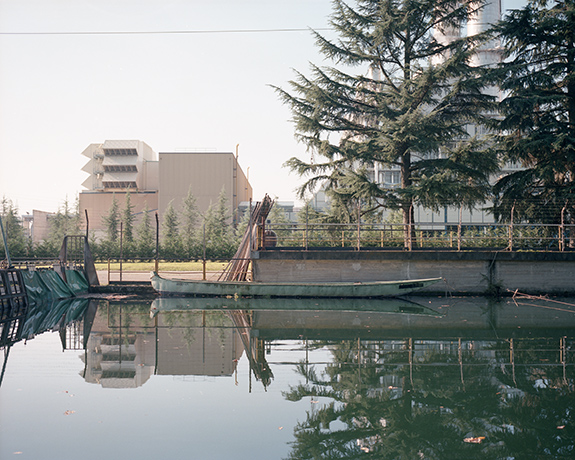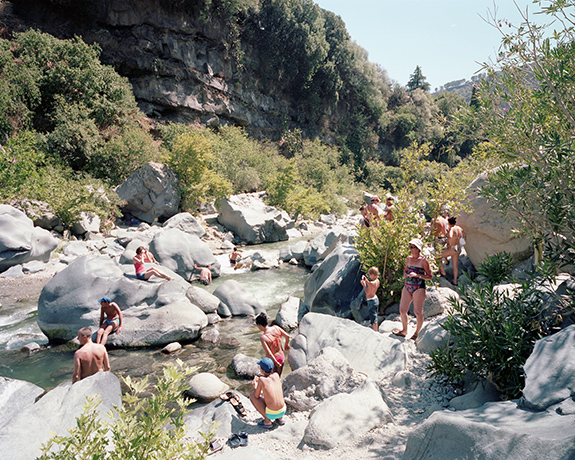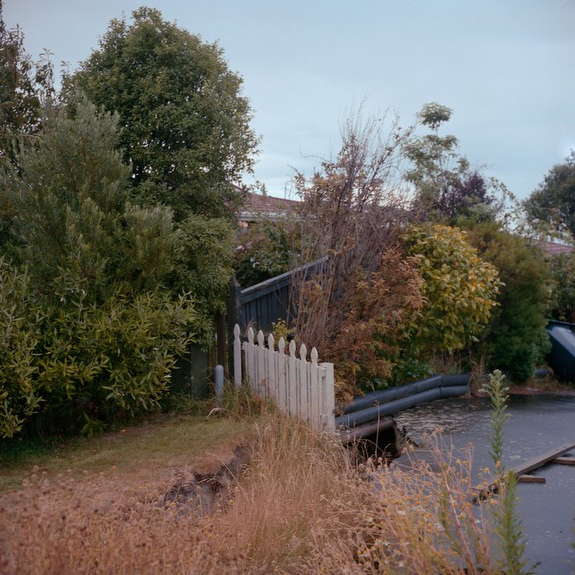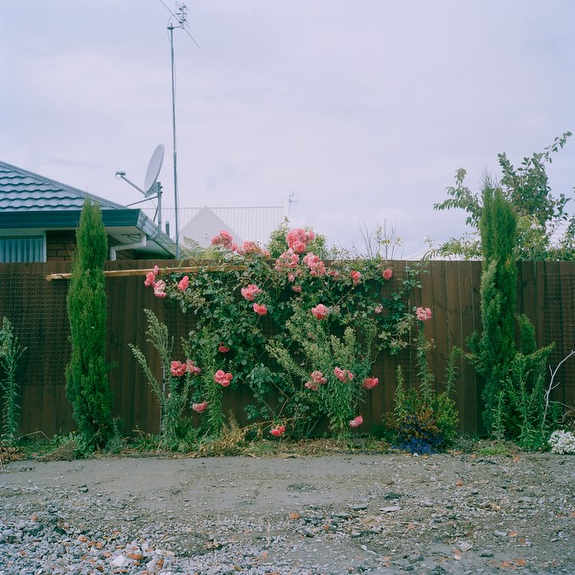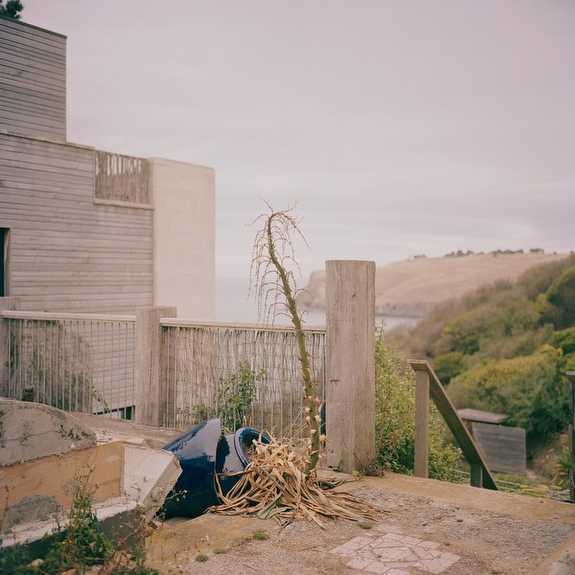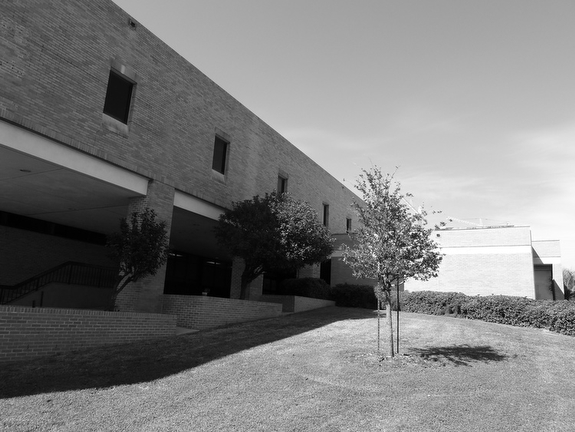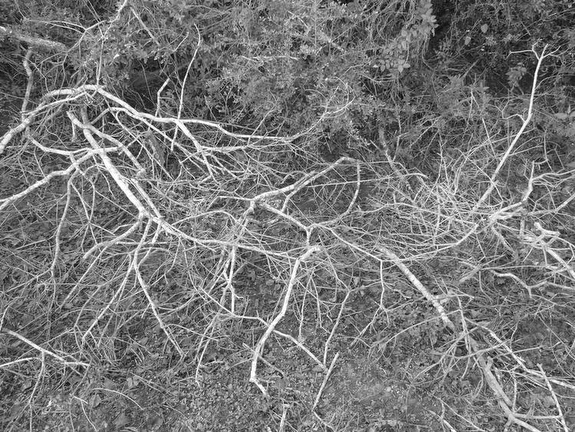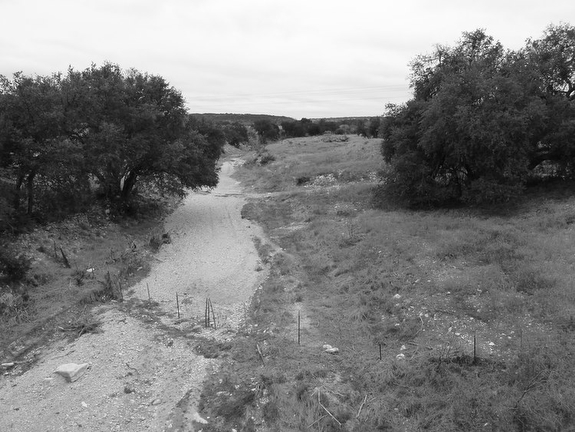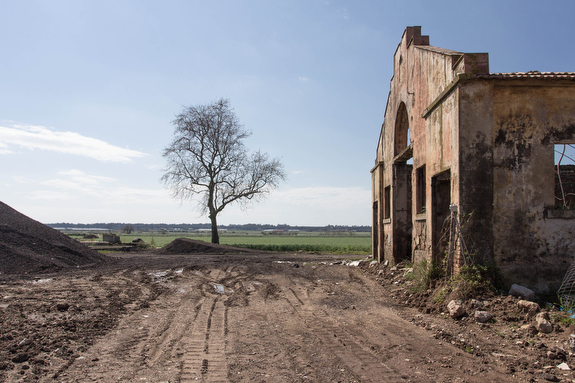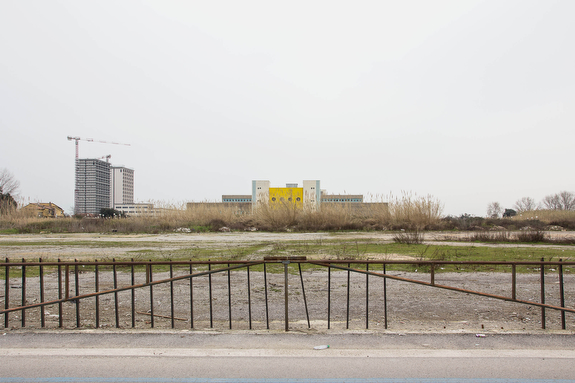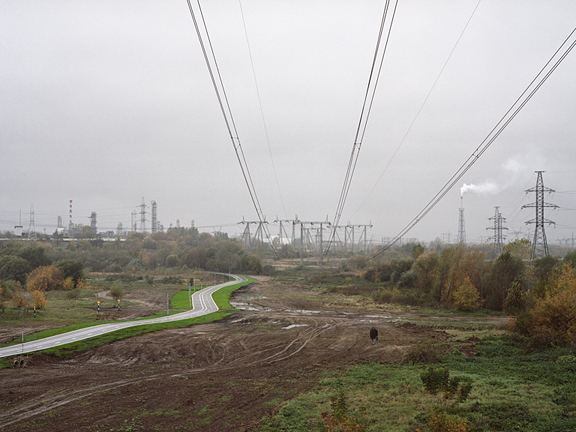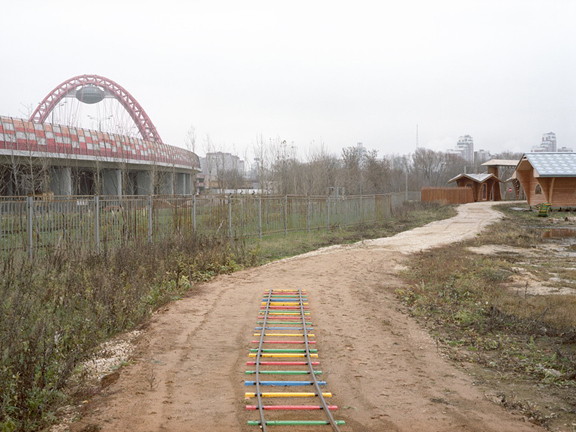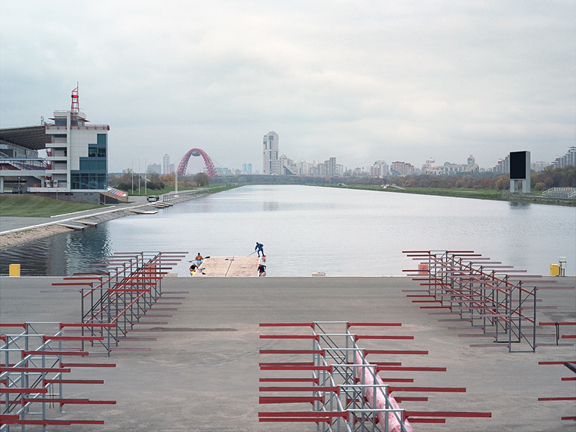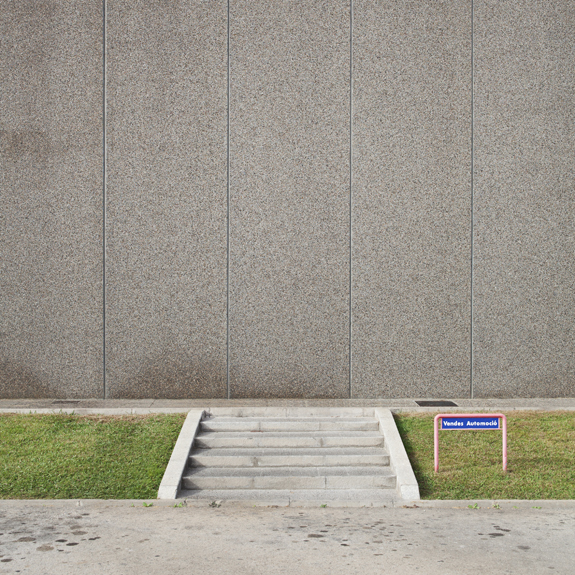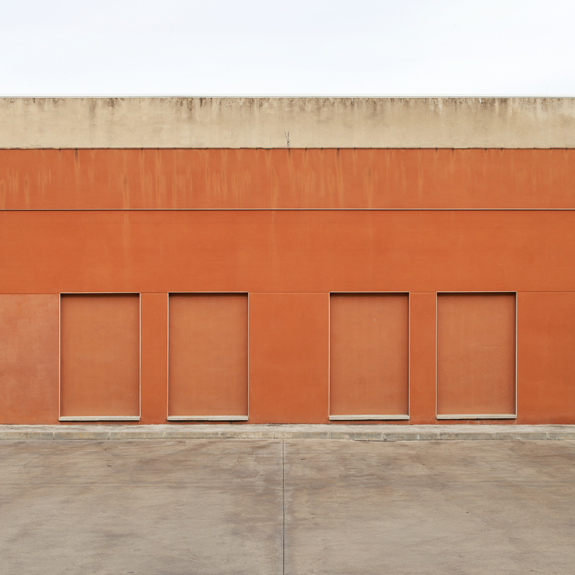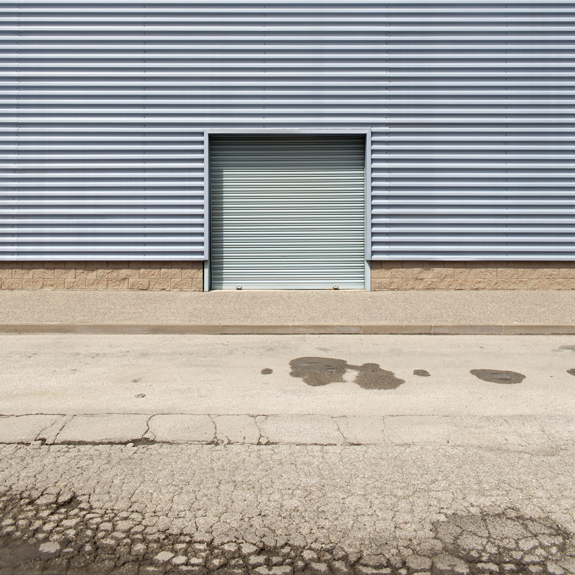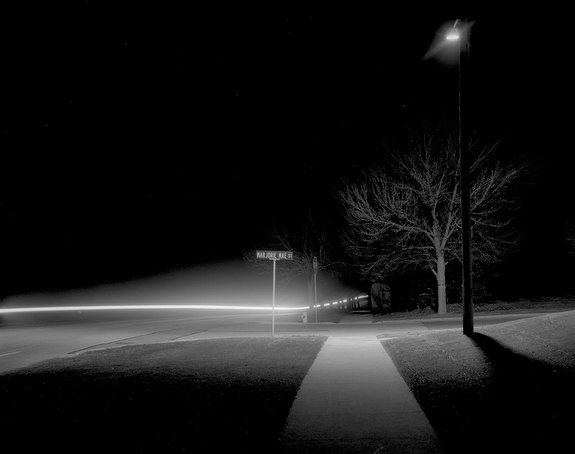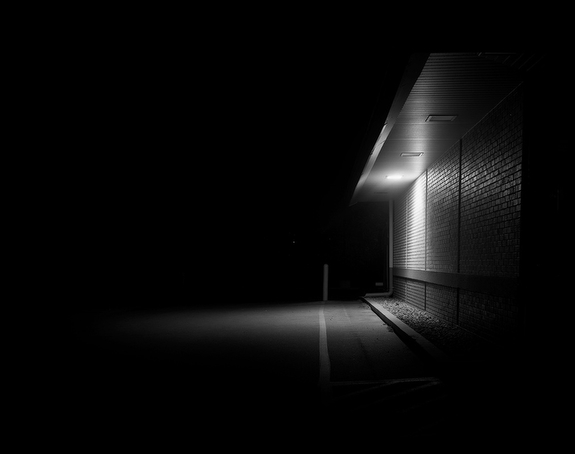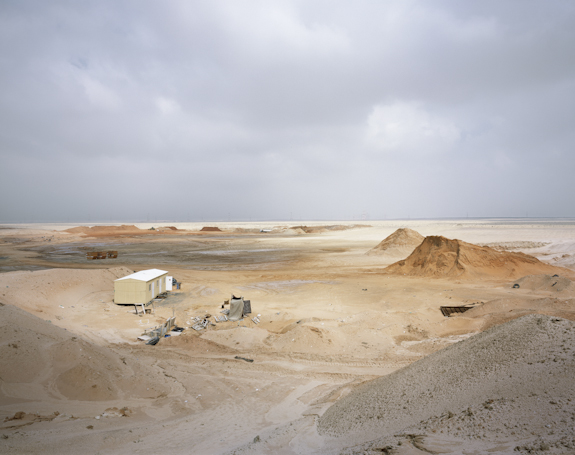
The Consumption project looks at landscapes in the United Arab Emirates that have been impacted upon by modern consumption habits. This may variously include the extraction and production of resources, processing of the same, manufacturing and construction, housing and property development, logistics, retail and ultimately waste management, disposal and reuse. Sometimes the exact nature of the land-use photographed remains mysterious.
The project also considers the way the ancient landscape itself is being steadily consumed, just like any other commodity.
The land of the UAE was essentially wild and almost entirely natural until very recently. Previously, its appearance had only altered on a geological and climatic timescale. Prior to the oil era, the occupiers of this harsh landscape considered it with a mostly critical eye; this was an environment that human life, in many ways, did battle with in order to survive. They had made their small marks on only a handful of areas along the coast, and where fresh water was naturally occurring or close to the desert surface.
In the last 50 years, and most particularly in the last 15, rampant development and exponential population growth have left few areas untouched. Everywhere you look, the landscape is being fundamentally altered and repurposed.
— Richard Allenby-Pratt, Dubai, United Arab Emirates
